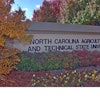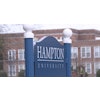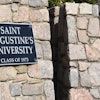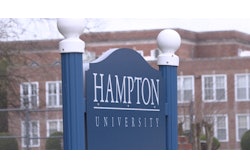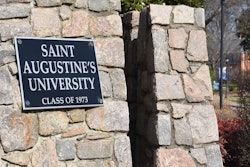
“I was a little bit lost, not knowing what to do for myself. If it wasn’t for an HBCU, I wouldn’t have the life I have now,” said Bradley. “HBCUs are the protectors of this thing called Black education, where we own our destiny, [and] make the impossible possible.”
Bradley is one of hundreds who gathered in Charlotte, NC this week for the Higher Education Leadership Foundation’s (HELF’s) "Ideation, Innovation & Collaboration: The Future of HBCUs," conference. HELF is an organization of HBCU policy and thought leaders working to showcase the necessary value of HBCUs. The organization asked representatives of the 101 HBCUs to come together in collaboration to share stories, resources, information and ideas. Attendees and panelists addressed the difficulties HBCUs face, including a lack of funding, and brainstormed ways in which they can better tell the stories of their—and their student’s—successes.
“Students come to college with a desire, to fulfill a dream,” said Dr. Yolanda Watson Spiva, president of Complete College America, a national advocacy group working to equitize and improve higher education. “To be the wildest dreams of their ancestors, to provide for their families in a way that allows them access to the American dream.”
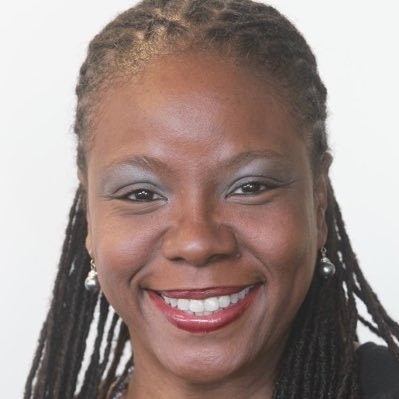 Dr. Yolanda Watson Spiva, president of Complete College America.
Dr. Yolanda Watson Spiva, president of Complete College America.
“It is important for students to be one another’s keeper, making sure they have that level of connection,” said Spiva.
Advisors also play a crucial role to play by reaching out in a proactive and intrusive manner, getting “all up in their business,” said Spiva. By doing so, Spiva said college leaders can spot a problem before it becomes a barrier.
Dr. Dwaun J. Warmack, president of Claflin University in Orangeburg, SC, said student success wasn’t just about excelling academically, socially, or spiritually, but all in conjunction, helping to build a “well-rounded individual.”
“Student success is everyone’s responsibility—too often we’re siloed, and I hear all the time, ‘I stay in my lane,’” said Warmack. “So be intentionally thinking about student success, and it starts with inquiry process, from application, matriculation, graduation, to gainful employment. It is integral that every person touches that student and plays a role in their success.”
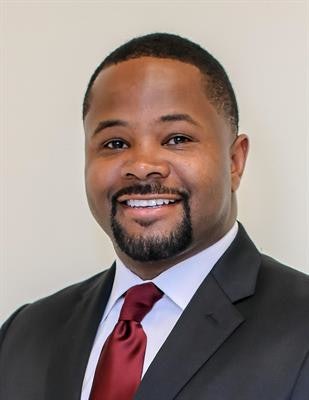 Dr. Dwaun J. Warmack, president of Claflin University.
Dr. Dwaun J. Warmack, president of Claflin University.
Dr. Jasmine Haywood, strategy director at the Lumina Foundation, an organization working to improve access to higher education, said that, from her experience as a funder, she knows that philanthropy operates around “sexy buzzwords,” like “success, student success, and impact.”
“We have a lot to do in terms of dismantling traditional notions and reimagining what that means in a way that centers Black and HBCU students,” said Haywood.
Data can offer potential donors a quantifiable understanding of an HBCUs value, said Haywood.
“In North Carolina alone, the ten HBCUs generate $1.7 billion in terms of economic impact—that’s huge value,” said Haywood. “But there’s other, nonquantifiable ways that HBCUs demonstrate value as well.”
HBCUs and other institutions, said Haywood, are “swimming in the waters of the white gaze.” Because of that, HBCUs must find creative and dynamic ways to express and share their unique indicators of success, “that center the missions and values that HBCUs bring, the ways that HBCUs change lives,” said Haywood.
Haywood urged those in attendance to be “unapologetic and bold,” using their victories to build relationships and connect with potential grantors.
“If there are opportunities for you all as institutions to work together to create some type of cohort of collaboration in such a way you can share learnings with each other, in such a way you can all use your collective impact, what you need to a state level— all of that is attractive to funders and helpful for you all,” said Haywood. “It becomes reciprocal. You have a community. The power that would come from every HBCU in this room creating a learning community together, working towards the same goal—it would be miraculous. I promise you, every funder would want in on that.”
Liann Herder can be reached at [email protected].



